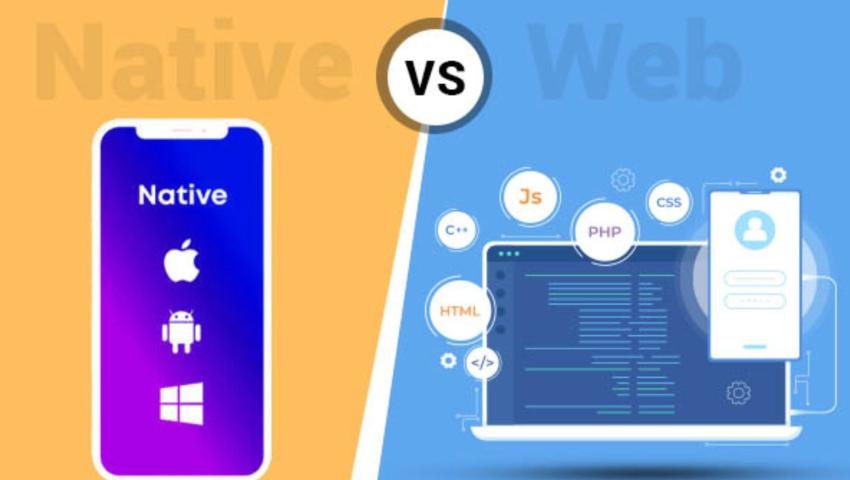
No Shortcuts Here: Why Native App Development Still Reigns Supreme
Native app development is all about building apps specifically for one platform — like iOS or Android — using tools and languages that were made just for that environment.
No Shortcuts Here: Why Native App Development Still Reigns Supreme
Let’s be real — in a world full of “build once, run anywhere” hype, native app development feels like the old-school heavyweight that refuses to be dethroned. And honestly? For good reason.
If you care about speed, fluidity, and the kind of experience that feels buttery-smooth (you know the kind), native is where it’s at.
So what exactly is native app development? Why is it still such a big deal? And when should you not go native? Grab your coffee — let’s break it down like friends who’ve seen both the good and the ugly.
What Even Is Native App Development?
Native app development means building an app specifically for one platform — iOS or Android — using the tools and languages that platform is designed for. So:
- For iOS: You use Swift or Objective-C in Xcode .
- For Android: You use Kotlin or Java in Android Studio .
It’s like tailoring a suit. You’re designing it for one body, not trying to make it fit everyone at once.
Why Go Native? The Good Stuff
- Performance That Just Hits Different
Native apps run faster, feel smoother, and don’t lag when things get heavy. You want 60fps animations? Real-time features? This is your lane. - Access to All the Fancy Features
Need to use Bluetooth, the camera, sensors, background services, ARKit, or super-specific APIs? Native gives you full access — no hacks, no bridges. - UX That Feels Right
When you build native, you follow platform-specific guidelines (like Apple’s Human Interface Guidelines or Google’s Material Design). Your app feels like it belongs on the device. That’s what users love. - App Store Love
Apple (especially) tends to play nicer with clean, well-optimized native apps. Approval tends to go smoother, and you’re less likely to get hit with weird bugs or compatibility issues.
Okay, But What’s the Catch?
- You’re Building Two Separate Apps
Want your app on both iOS and Android? You’ll need two codebases, two dev teams (or at least two skill sets), and twice the testing. It’s more work. - Longer Dev Time (Usually)
Native apps often take longer to build than cross-platform ones — especially if you want them to behave exactly the same across devices. - Higher Cost Upfront
Two teams. More time. More testing. More money. That’s just the reality of building native.
So… When Should You Go Native?
Go native if:
- Performance is non-negotiable (gaming, AR/VR, heavy animations)
- You need deep platform integration (camera, GPS, offline mode, etc.)
- Your budget and timeline allow for it
- You’re building a product where quality trumps speed-to-market
Avoid it if:
- You just need a quick MVP to test an idea.
- You’re short on budget.
- Your app is mostly simple forms, content, and logic (and not pushing device limits).
Real Talk: Native Isn’t Dead — It’s Evolved
The truth? Native development isn’t the “old way.” It’s the focused way. You’re choosing quality, speed, and full control over compromise.
Yes, tools like Flutter and React Native are seriously impressive — and they just keep getting better. But native still gives you that direct line to the OS, the hardware, and the kind of experience users feel — even if they can’t explain it.
If your app needs to be beautiful, buttery, and bomb-proof — native’s still your best bet.
Final Thoughts: Build What You Believe In
Native app development isn't for every project. But when you're building something that matters — something that needs to be fast, flawless, and future-proof — it's 100% worth it.
No shortcuts. No watered-down UX. Just pure, powerful, platform-perfect code. Because sometimes, the best user experience comes from doing things the hard way — and doing them right.
Rukhsar Jutt
Leave a comment
Your email address will not be published. Required fields are marked *

